Chapter VII
Numantia: Transit City in the Times of Augustus
After the city destroyed in the Sertorian Wars (75-72 BCE) Numantia was not occupied anew until the Augustan era. The Cantabrian Wars, waged as from 29 BCE, forced Octavius himself to come to Spain to bring the Cantabri and Astures under Rome’s yoke and the meseta as a whole firmly under Rome’s control too. It seems likely that it was at this time that some cities were founded in this area, such as Augustobriga, Numantia and Uxama, as a ribbon development along road XXVII of the Antonine Itinerary, which ran along the foot of Numantia. This road, running from Caesaraugusta to Asturica, was hugely important for bringing in the legions quickly to quash the uprising.
To do so it was necessary to set up army-victualling cities (mansiones) along the road. This road must have helped to drive the Romanisation of the whole area, running as it did from Caesaraugusta (Zaragoza) to Asturica (Astorga) and thereby reinforcing communications between the Ebro Valley and the High Douro and the west of the meseta. The Sorian section has been masterfully studied by Saavedra (1867). The sheer importance of this route throughout the Empire is reflected by its constant upkeep; witness the Roman milestones found around Numantia, corresponding to the emperors Claudius (53 CE), Trajan (98-112 CE) and Constantius Chlorus (293-306 CE).
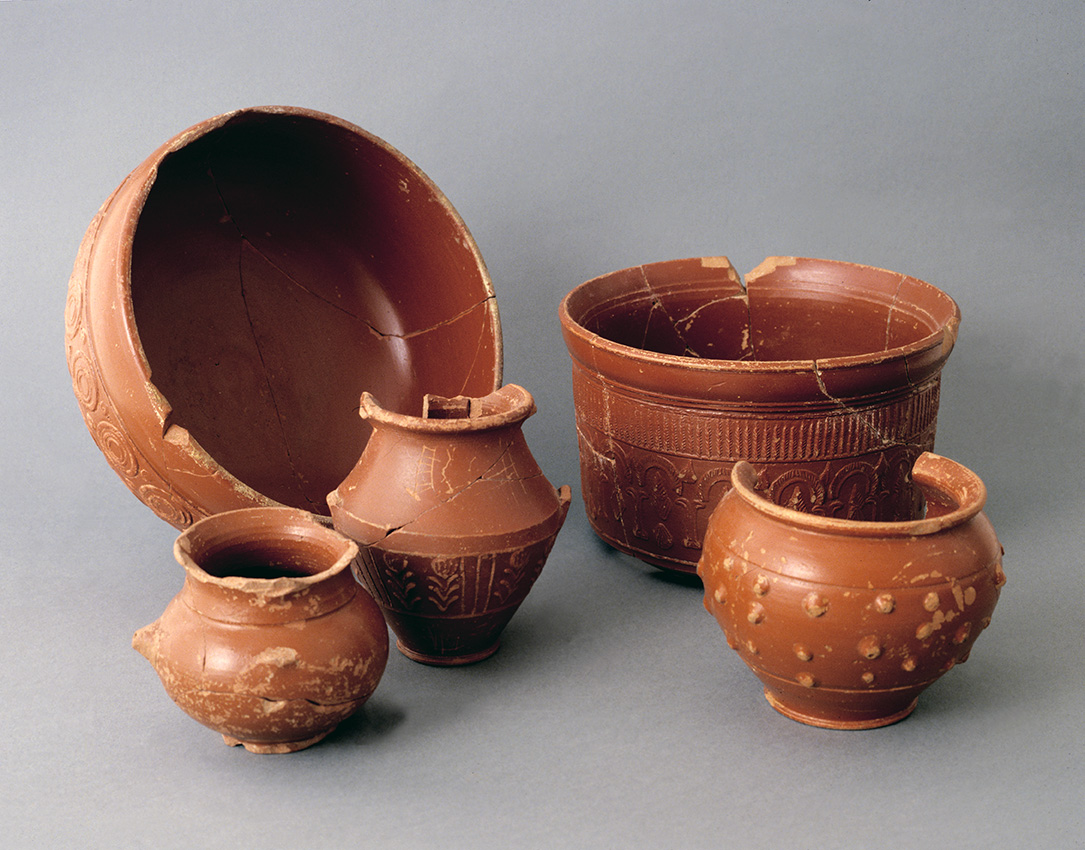
Also corresponding with this new stage of Roman Numantia are the epigraphs in which dedications are made to Jupiter and Mars, as usually corresponds with the places where a military tradition is maintained.
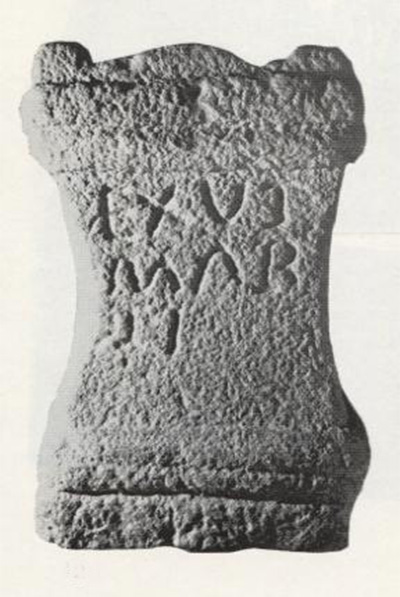
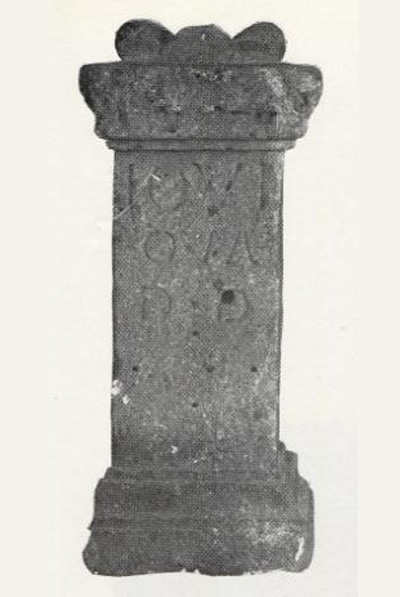
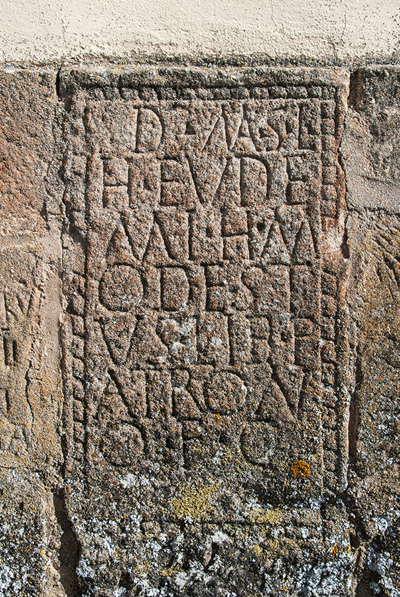
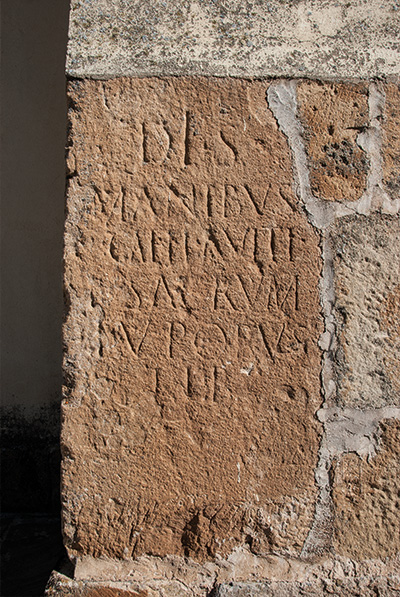
Gallery of chapter images
go on >>>Numantia: Municipium in the Flavian Era
Bibliographical references
- Menéndez Pidal de Navascués, Ignacio y Eugenio Sanz Pérez (2012). "Fuentes y las vías romanas en la provincia de Soria: Aportación al conocimiento de elementos menores de caminería. El caso de la Vía Augustobriga-Numancia". En: XI Congreso Internacional de Caminería Hispánica, celebrado entre el 25-29 de junio de 2012, Madrid.
- Moreno Gallo, Isaac (2011). “Vía romana de Tarazona a Clunia. Tramo entre Turiasone y Numantia. 72 km”. En Vías romanas en Castilla y León.
- Pérez Rodríguez, José Manuel y Giacomo Gillani (1996). “Nuevas aportaciones epigráficas sobre el tramo Augustobriga-Numantia de la vía XXVII del itinerario de Antonino”. Boletín del Seminario de Estudios de Arte y Arqueología, 62, pp. 185-212. ISSN: 0210-9573.
- Pérez Rodríguez, José Manuel y Giacomo Gillani (2006). “Nuevas aportaciones epigráficas sobre el tramo Augustobriga-Numantia de la vía XXVII del itinerario de Antonino (Parte II)”. Boletín del Seminario de Estudios de Arte y Arqueología, 72-73, pp. 211-245. ISSN-e: 1888-976X.
- Romero Carnicero, María Victoria (1977). Vasos de terra sigillata hispánica de Numancia; formas Dragendorff 29 y 30. Valladolid. ISBN: 84-600-0691-3.
- Saavedra, Eduardo (1864). Descripción de la Via Romana entre Uxama y Augustobriga. Madrid.










